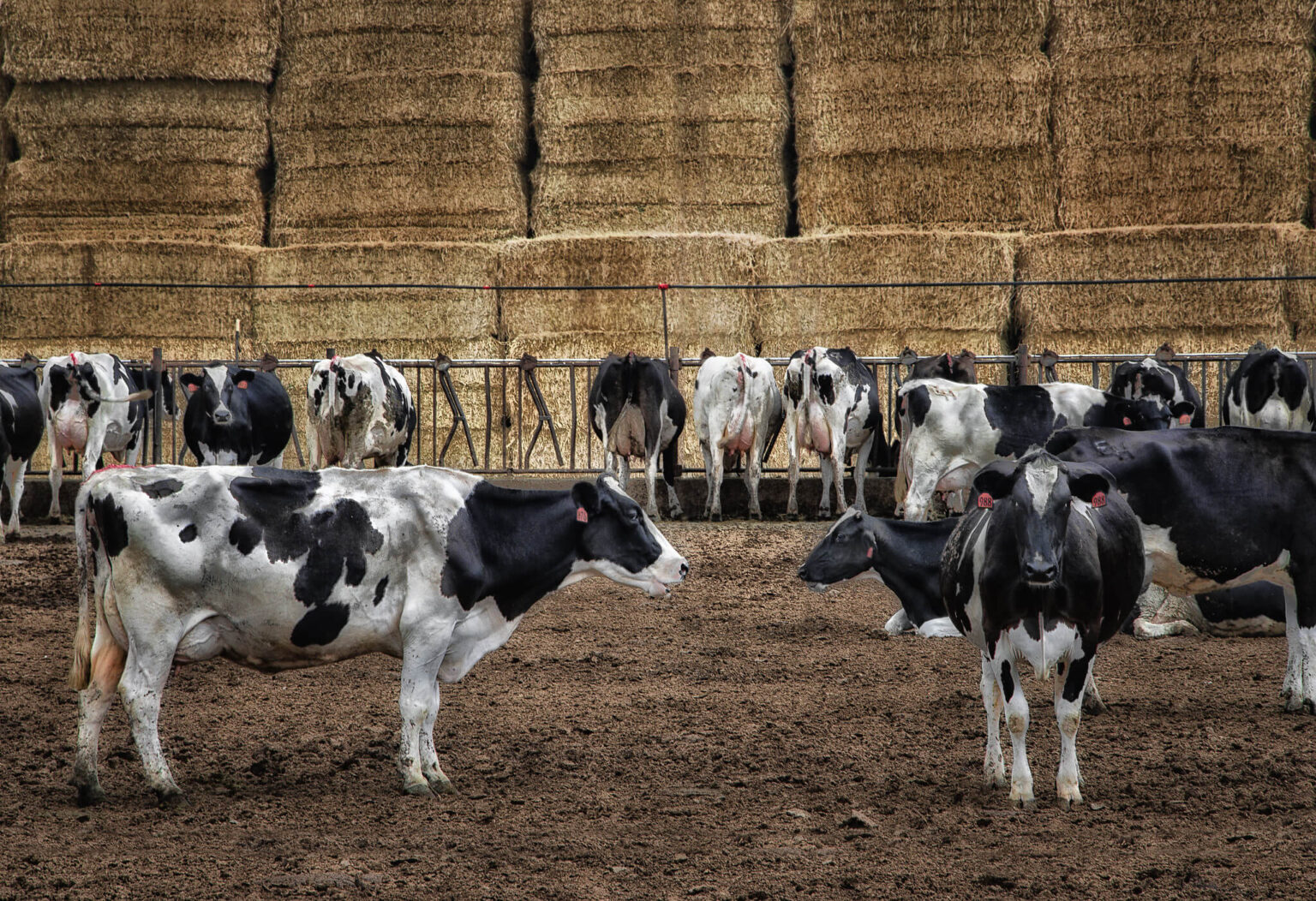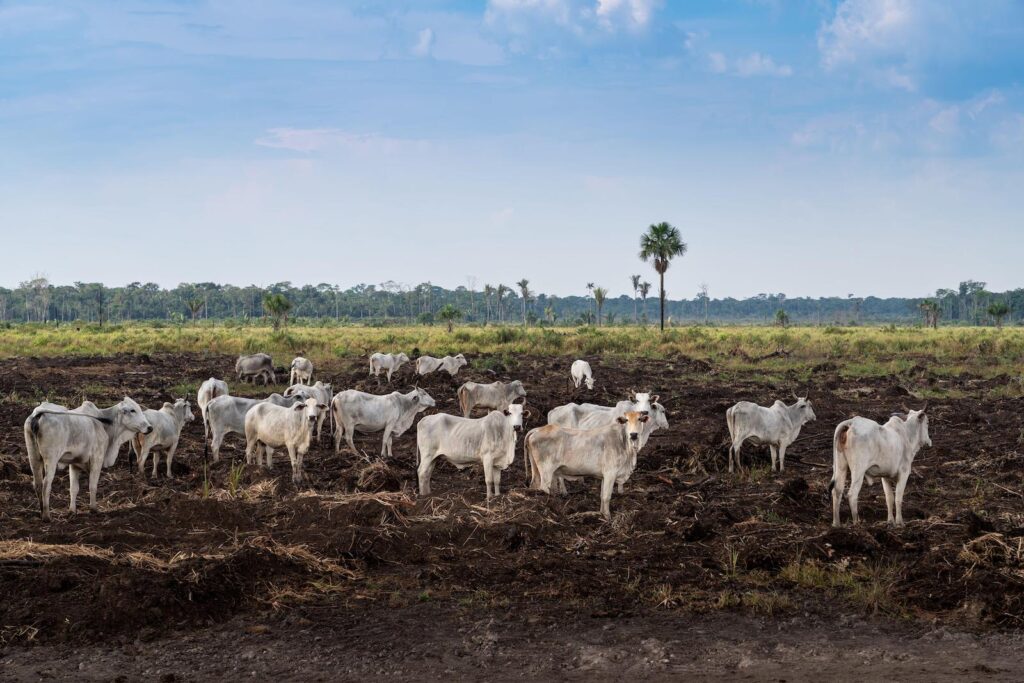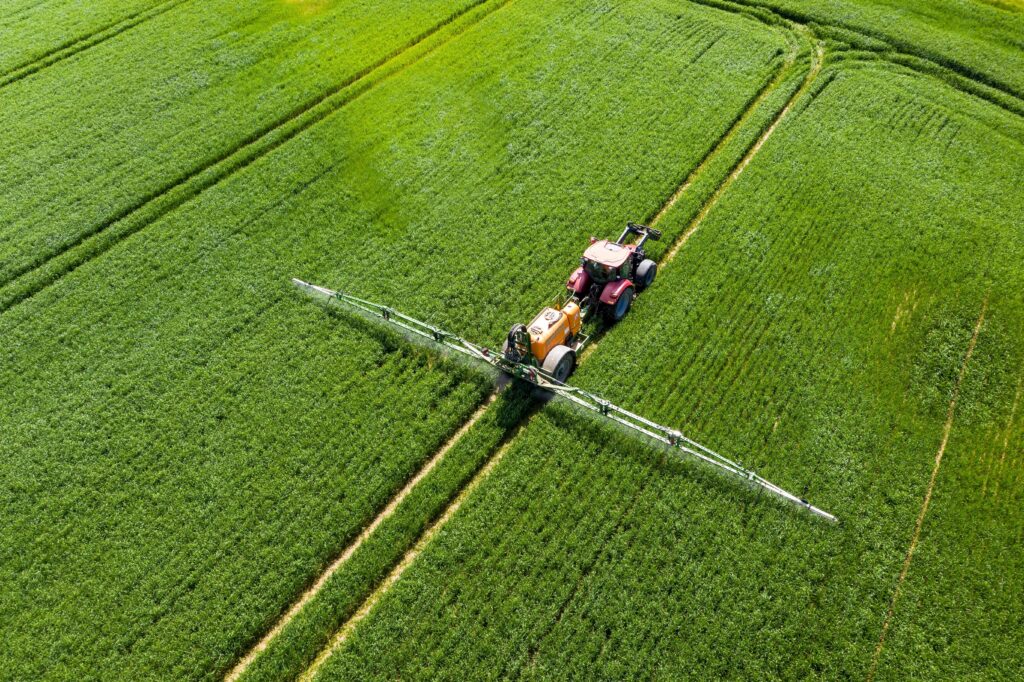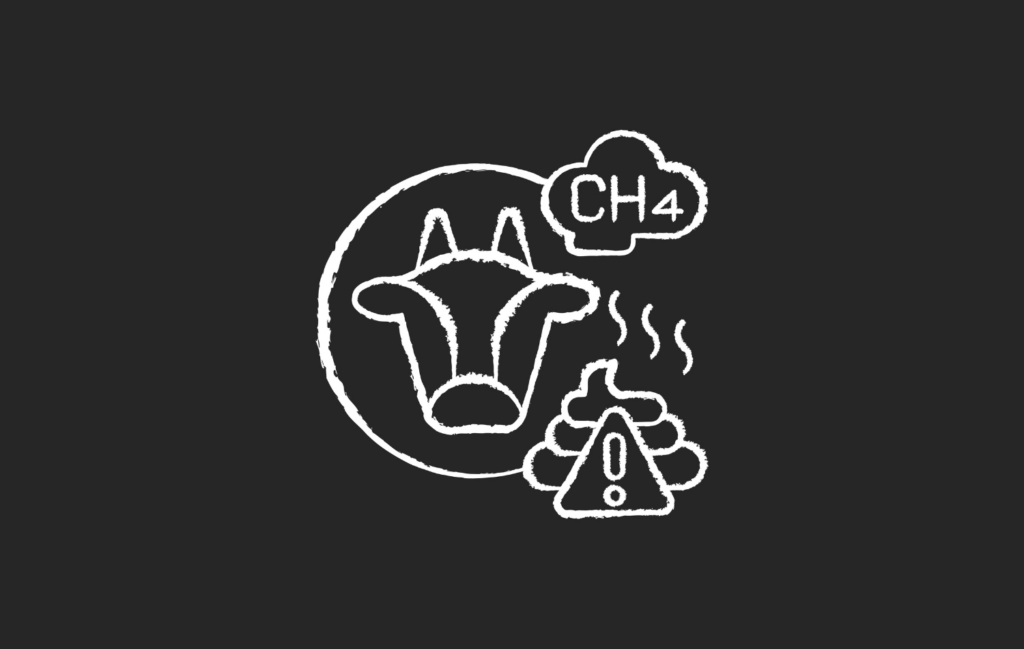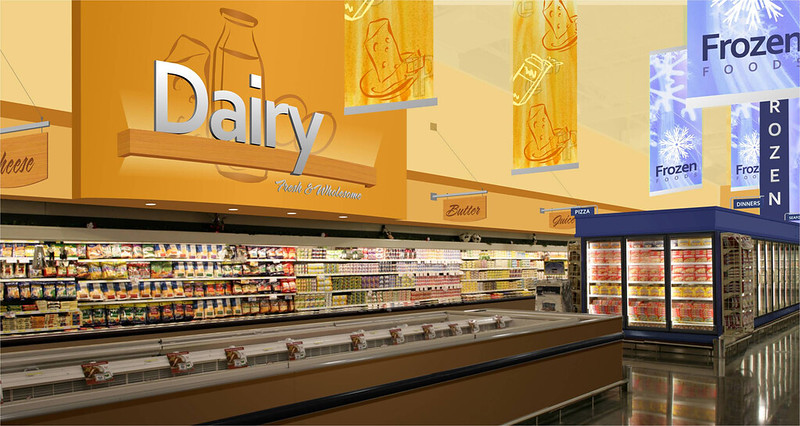Recent findings from some peer-reviewed academic papers in agricultural journals sound like fodder for optimism: The United States cattle industry has helped to cool the climate almost every year since 1986. European dairy goats and sheep have caused no additional warming since 1990. Australian sheep meat is a “climate-neutral” product.
But these findings are highly misleading, according to a new study in Environmental Research Letters. The study found that an alternative method of quantifying the impact of methane emissions has led to a raft of industry-friendly findings that the livestock sector seems to be using to claim climate neutrality as they continue to pollute.
While virtually everyone agrees that anthropogenic methane emissions play a huge role in climate change, different approaches to measuring that impact can result in dramatically different narratives. For decades, scientists have relied on a standard metric called GWP100, which measures the global warming potential of greenhouse gasses relative to carbon dioxide over a timeframe of 100 years. This approach makes methane’s potency clear: A pound of methane warms the climate 30 times more than a pound of CO2.
But unlike carbon dioxide, which can linger in the atmosphere for millennia, methane is a relatively transient greenhouse gas. Since methane’s lifespan in the atmosphere is only about 12 years, GWP100’s critics tend to feel it’s inaccurate to compare it to carbon dioxide.
That’s why some experts have proposed an alternative approach called GWP* for talking about methane. Instead of measuring absolute emissions, GWP* helps to model how management decisions impact the overall rate of warming. The scientists who develop the approach say this makes for a more accurate way of tracking methane’s real-world consequences — though those findings shouldn’t be taken in isolation.
“We have consistently said we are not advocating the replacement of GWP100 with GWP*,” said Myles Allen, an Oxford University geosystems scientist who helped to develop the framework. “It was proposed as a way of using the information provided by GWP100 to work out warming impacts, and that remains what it is for. It’s a supplement, it’s additional information.”
However, the new study, co-authored by Caspar Donnison of the University of California, Davis and independent researcher Donal Murphy-Bokern, shows that some academic researchers are indeed using GWP* as an alternative metric. This is opening the door for the livestock industry to minimize the warming impact of their historical and continued production by shifting the focus away from total emissions and onto current trends.
Ryan Katz-Rosene, a University of Ottawa political studies professor whose research focuses on climate policy debates, explained by email that this focus on trends creates a “key loophole.”
“GWP* prioritizes the trend over the last 20 years. If your CH4 emissions trajectory over that time is steady or even negative you come out looking real good,” Katz-Rosene said, using the chemical formula for methane. “But that completely erases the historical legacy of CH4 emissions growth before that (which is what occurred in most industrialized economies). GWP* essentially allows those industrialized economies to start with an unfair hand.
“The second loophole is of course the way it could disincentivize greater CH4 cuts. ‘We’re already climate compliant, why should we cut CH4 further?’”
Donnison and Murphy-Bokern’s findings suggest that both loopholes are already being exploited, with selective use of GWP* giving rise to problematic “climate neutral” claims in the peer-reviewed literature. Their study calls attention to six journal articles that use GWP* to suggest stabilized methane emissions are the same as climate neutrality — even if a given sector’s total emissions are still sky-high.
That’s an “imprudent and misleading use of this metric,” says Donnison, an environmental scientist at the University of California, Davis.
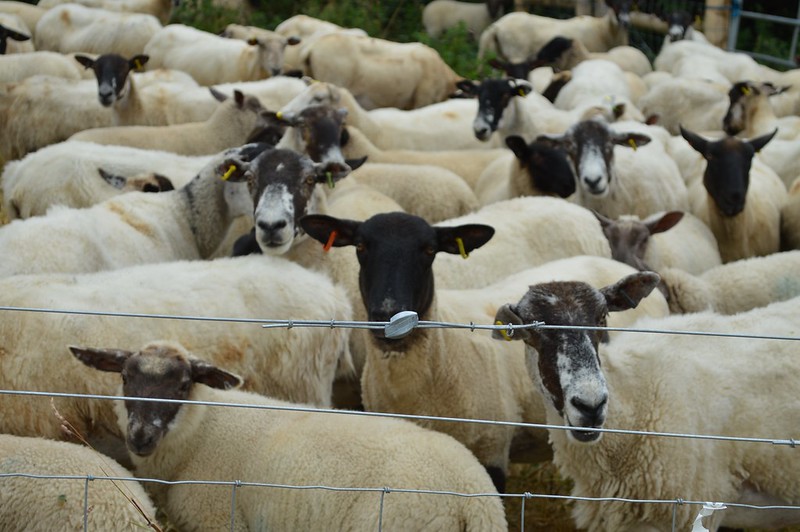
In their study, he and Murphy-Boker highlighted a 2021 paper that used GWP* to measure the climate impact of sheep farming in Australia. That research found that the sector’s methane emissions had stabilized in 2020, meaning that domestic sheep production was no longer causing new warming beyond what it already had — making the Australian sheep sector “climate neutral” — a finding that was then recirculated by industry groups and trade publications.
While it was true that the sector didn’t cause any additional warming in 2020 compared to 2019, the term “climate neutral” makes it sound like Australian sheep no longer impact the climate, which isn’t accurate. Whether those emissions are holding steady or even falling, Australia’s sheep are still locking up a whole lot of climate-intensive methane in the atmosphere. The sector has only improved relative to its past performance — a far cry from “neutral.”
“The climate neutrality cited in these reports is defined as having no additional warming over time,” explained Michelle Cain, one of the Oxford scientists who developed GWP*. “For industries which have a large component of methane emissions, this is not the same as the industry not existing at all. Obviously, stopping the methane emissions entirely would lead to even lower temperatures than reducing the methane emissions by a fraction.”
Oxford’s Allen said GWP* wasn’t designed to be used so selectively.
“If you’re trying to use [GWP*] to say what the responsibilities of a sector are, without consideration of anything else — like the history of a sector, the wealth of a sector, and the other impacts that sector might have had on the environment — then I think that’s inappropriate,” he said.
The author of the Australian sheep meat study — Brad Ridoutt, a principal research scientist with Australia’s national research agency, CSIRO — did not respond to a request for comment.
In their new study, Donnison and Murphy-Bokern also highlighted a 2022 paper in The Journal of Dairy Science that used GWP* to show the U.S. dairy cattle industry becoming “climate neutral” in less than two decades. By steadily reducing methane emissions, and getting each individual cow to produce more than 30 percent more milk, U.S. dairy could produce “no additional warming” as soon as 2041, according to this research. But overall warming from the dairy industry would only continue to increase for the next 19 years. Under the scenario described as “climate neutral,” U.S. dairy would actually be warming the world in 2041 much more than it is today.
Industry groups leaped on the report, which was co-authored by University of California, Davis professor of livestock sciences Frank Mitloehner, who has received scrutiny and criticism for close ties to the livestock sector. His co-author was Sara Place, a Colorado State University associate professor of feedlot systems, who had been the chief sustainability officer at a global animal health company until 2022.
In an emailed response to DeSmog’s request for comment, Mitloehner did not directly address the issue of whether his use of “climate neutral” was misleading, but conceded that absolute emissions should still play an important role in conversations around climate action.
“We will absolutely need to continue using GWP100 as it tells us things other metrics can’t, but we can do so in tandem with GWP* to get a more accurate picture of the impact methane emissions have on our climate,” Mitloehner said.
It’s not just that industry groups are using GWP* to divert attention away from the sheer volume of their emissions. The term “climate neutral” also suggests a level of sustained equilibrium that doesn’t really exist. Donnison said only ongoing, aggressive cuts in methane can make up for other continued emissions from the livestock sector, which also contributes longer-lived greenhouse gasses to the atmosphere, like nitrous oxide and CO2. Claiming neutrality when continued cuts will be needed indefinitely, the authors write, is “an oxymoron.”
More significantly, Donnison said, drastic cuts are necessary because methane continues to rapidly drive climate change, enough to contribute half a degree of warming on its own. Agriculture is responsible for about 40 percent of that footprint, mostly due to the production of ruminant livestock like cattle and sheep, which belch up methane in large quantities as part of their digestive process. A single cow can produce over 200 pounds of methane emissions per year, according to an Environmental Protection Agency analysis of Our World in Data estimates.
Scientists say we can’t achieve the big-picture goal of the Paris Agreement — limiting the rise in average global temperature to 1.5 degrees Celsius — without cutting methane now.
With that in mind, Donnison said, the livestock industry’s claims of future “climate neutrality” give a false impression. The situation is more like a house on fire, he said, and someone who’s actively pouring gas on the fire wants credit for pouring a little less.
“You can say, ‘Well, I’m not going to add further to the fire anymore,’” said Donnison. “But what about all the existing damage you’ve caused up until that point?”
Subscribe to our newsletter
Stay up to date with DeSmog news and alerts


